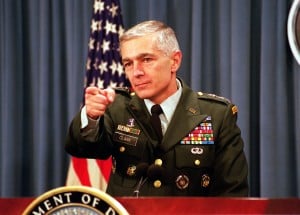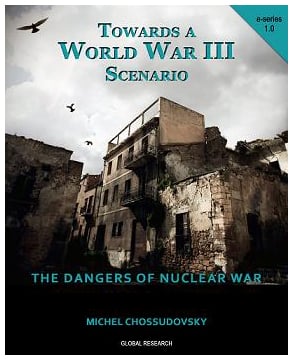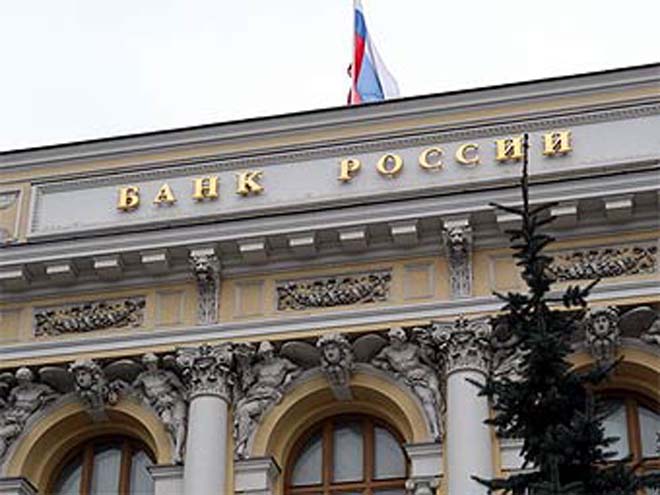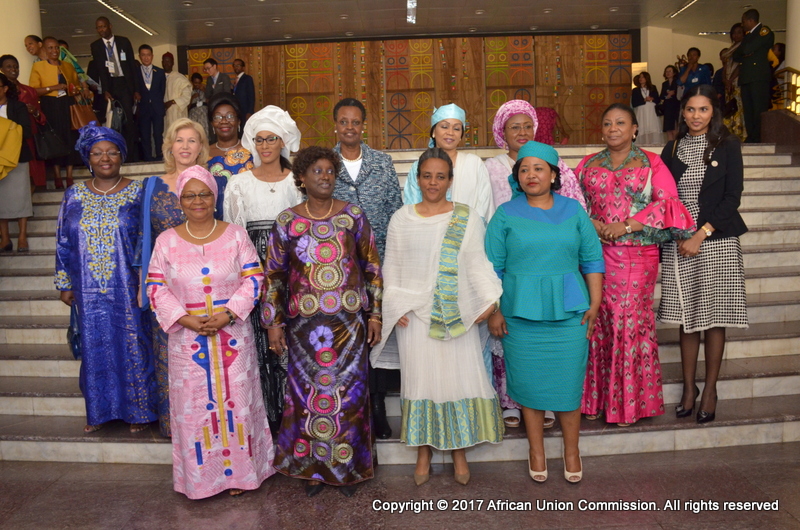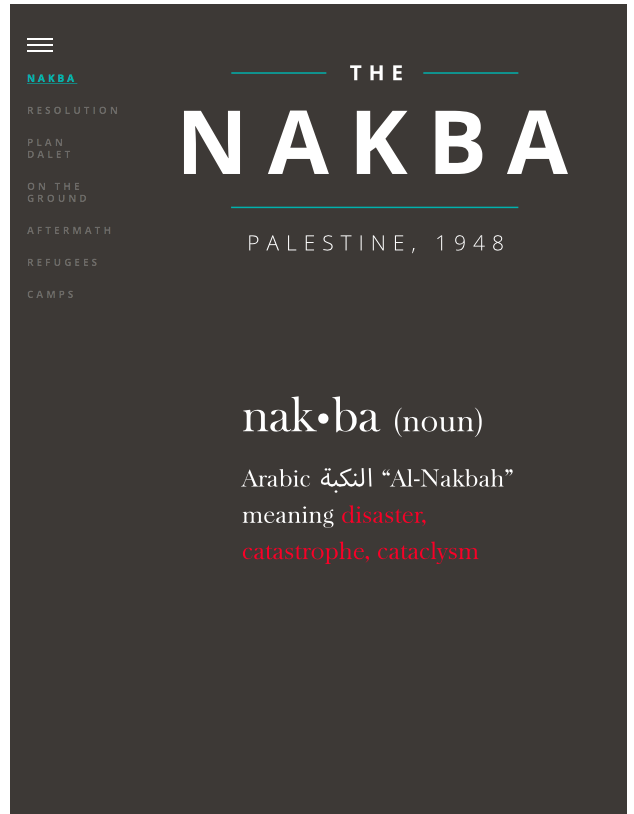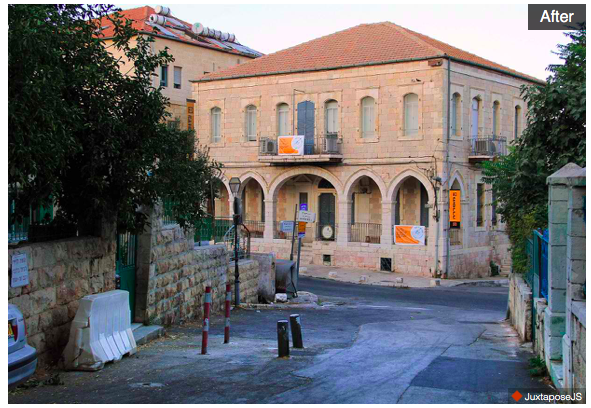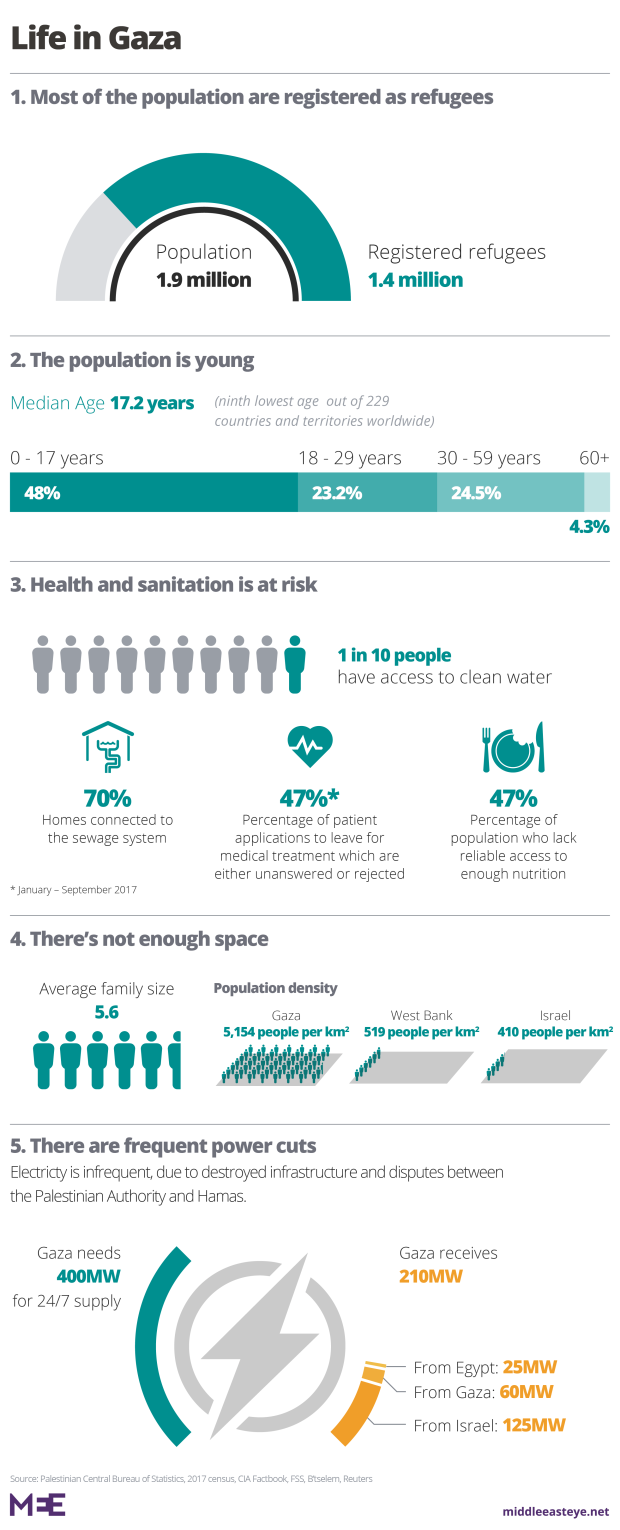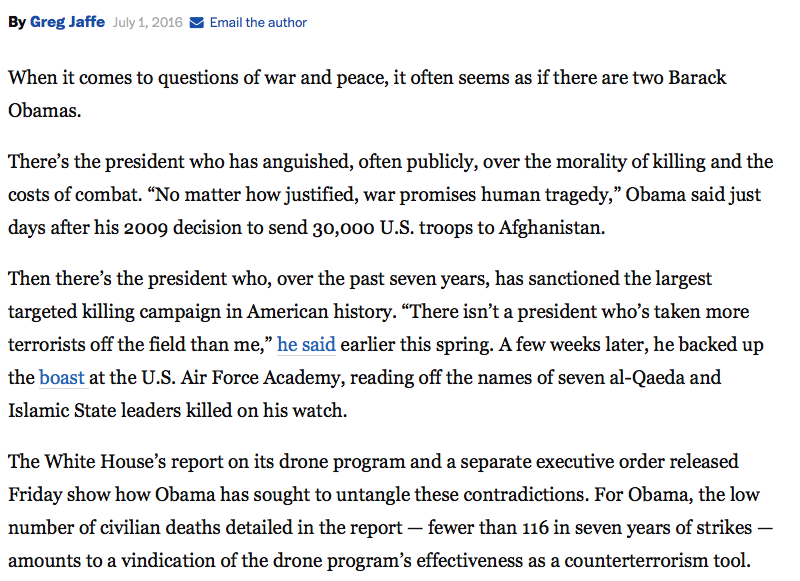Yugoslavia as a state was officially created one hundred years ago on December 1st, 1918 as the Kingdom of Serbs, Croats and Slovenes (renamed on January 6th, 1929 to the Kingdom of Yugoslavia). The country emerged legally from the Corfu Pact of 1917 (signed agreement between Serbia’s government and the South-Slavic representatives from the Habsburg Monarchy) and was the extremely heterogeneous state from ethnic, geographic, historical, confessional and linguistic points of view.
Yugoslavia’s religious and ethnic diversity was expressed in two mutually opposite national-political ideas about the nature and future of the new state. It is true that Slovenia and Croatia had joined Yugoslav state for a defensive reason, to protect their ethnonational territories against the Austrian and the Italian revisionist politics of irredentist pretensions. Political representatives of Slovenia (Kranjska) and Croatia demanded a federal Yugoslavia, which would leave each of three federal units (Slovenia, Croatia, and Serbia) with extensive political, economic, cultural and educational autonomy.
However, by contrast, Serbia, which lost ¼ of her population during the WWI[1] and sacrificed her state’s independence in the name of Yugoslavia, advocated a concept of a centralized state as the best solution for the protection of Serbs outside Serbia. As a matter of fact, Serbia was a relatively homogeneous country having a high level of self-confidence since her internationally recognized independence at the Berlin Congress in 1878. Nevertheless, this latter conception became accepted, when a centralized constitution was voted by a narrow parliamentary majority on June 28th, 1921, creating the conflict with the leading Croatian political party – the Croatian People’s Peasants’ Party (HNSS).[2]
Surely, the Kingdom of Serbia was a “Yugoslav Piedmont” and a country which mostly suffered during the WWI for the unification of Slovenes, Croats, Serbs and other South Slavs into a single political entity. The first clear expression of the Yugoslav unification by Serbia as a war aim of Belgrade was delivered to the Entente powers already at the end of August 1914[3] but the idea of a South Slavic political unification had much longer tradition dating back in 1794.
The Origins of the “Idea of Union” (1794)
The development of the “Idea of Union”, i.e. of bringing all South Slavs into one state, originated from the idea of South Slavic common ethnic, historical and linguistic origins, which can be historically traced from the end of the 18th century when the most significant Serbian historian of the time, Jovan Rajić, published in Vienna his most important work in 1794 under the title “A History of Different Slavic Peoples, Especially Bulgarians, Croatians and Serbians”. He pointed out in this work that the Croats are Slavic people who established their own national state in Dalmatia (i.e., that Dalmatia was an original Balkan region of Croatian statehood). The Croatian neighbors, the Serbs, came from the north and settled themselves on the area of Macedonia, Dalmatia, Slavonia, Moesia, Rascia, and Bosnia.[4] Finally, according to his opinion, the medieval writers mixed up the Bulgarians with the Balkan Vlachs.
It was a German historian A. L. Schltzer who in his Allgemeine nordische Geschichte(1771) made the first general systematization of the dispersion of the Slavic tribes after their (false?) “great migrations” in the 6th c., and a scholar who created the term – South Slavs (Sd-Slaven). Further, the Slovenian historian Anton Linhart was a person who for the first time introduced this term into the South Slavic culture (in 1802). The terms Yugoslavia and the Yugoslavs were firstly used in 1834 by the Austrian authorities, and further spread up during and after the Revolution of 1848–1849.[5] However, originally, the term Yugoslavs referred only to those South Slavs living within the Habsburg Monarchy.
A Serbian writer from Habsburg Monarchy, Dositej Obradović, at the beginning of the 19th century anticipated an idea of a mutual community of the South Slavs on the linguistic foundation.[6] He, basically, implied in the Balkan case a West European romanticist idea, advanced by the rationalistic philosophers, that one language can be spoken by one ethnonational community. However, he clearly differentiated a Serbian ethnonational speech (a Štokavian dialect) from similar South Slavic dialects. For him, the borders of a common South Slavic language are at the same time and the borders of the same South Slavic ethnic nation, regardless on the current (and historical) situation that the South Slavs have been living in different political entities (states) and confessing different faiths (by belonging to different, and even antagonistic, churches and theological believes – Roman Catholicism, Orthodoxy, Islam).
The French Illyrian Yugoslavism (1809−1814)
With the creation of the French (by Napoleon) Illyrian Provinces (Provinces Illyriennes), composed by Dalmatia, Dubrovnik, a littoral portion of Montenegro, Istria, South Croatia, and South Slovenia, which as political reality existed between 1809 and 1814, it began a period when the South Slavs from these territories started to live under the rule of a single political entity. All of these provinces became after the Congress of Vienna in 1815 incorporated into the Austrian Empire, renamed in 1867 into the Austro-Hungarian Monarchy. This new political circumstance in the Balkans (from 1809 to 1918) had a significant impact on the creation of consciousness among the Western South Slavs about their ethnonational common origin and, therefore, a unity. However, a Napoleonic policy of the Illyrian Yugoslavism of the time was, in essence, anti-Austrian, as “these various peoples had to be educated with regard to the idea of one nation in order for all of them to demonstrate similar spirits and ideas”[7] what practically means to be separated from the Austrian Empire. Actually, the French Napoleonic government carried out a policy of the South Slavic (Yugoslav) political-administrative unification under the features of a single Illyrian language and Illyrian ethnolinguistic nation.[8] It was, in fact, a policy of a national unification of the French South Slavs under the Illyrian (Yugoslav) ethnonational name.

At the time of political absolutism in the Austrian Empire after the Congress of Vienna (1814–1815), the Austrian emperor retained some institutions and practice, which were established under the Napoleonic rule on the South Slavic territories of the former French Illyrian provinces. For instance, a southern part of present-day Croatia (from Kupa river to Dalmatia) remained in the administrative connection with the Slovenian provinces. In fact, an organization of the Illyrian Kingdom, as an Austrian crown land, marked the beginning of an anti-Hungarian policy by Vienna. However, Vienna, at the same time, carried out a Yugoslav policy, according to which, the Illyrian Kingdomshould be a nucleus of a single South Slavic (Yugoslav) administrative province within the Austrian Empire, in order to avert a South Slavic (or at least a pan-Serbian) political unification under Serbia’s leadership, what means beyond the borders of the Austrian Empire. This “Yugoslav” plan was originally designed by the Austrian chancellor Clemens von Metternich, who intended that the Austrian Illyrian Kingdom would include all Dalmatia in order to be created a South Slavic (Yugoslav) federal unit (province) within the Austrian Empire (Mittägliches Slavisches Reich).[9]
The Croatian National Renaissance – Illyrian Movement(1830−1847)
Originally sponsored by the Austrian authorities, an official propagandistic ideology of the Croatian national renaissance – Illyrian Movement (1830−1847)[10], led by a Croatized German Ljudevit Gaj (Ludwig Gay), understood all South Slavs as a single ethnolinguistic group, who has to live in united national state of Greater Illyria–from the Alps to the Black Sea. It is quite clear from Lj. Gaj’s article Naš narod (1835), in which he thought that in the Magnum Illyricum (as united South Slavic or Yugoslav state, established by the western, central and eastern portions of the Balkans) should be included the Slovenes, Croats, Slavonians, Dalmatians, Bosnians, Montenegrins, Serbs, and finally Bulgarians.[11]
Lj. Gaj formally favored a “total unification” of all South Slavs including and Bulgarians, but for the Serbs and Slovenes, his projected Greater Illyria was nothing else than a renamed Greater Croatia as a part of the Austrian Empire. However, a pan-Yugoslav propaganda in Lj. Gaj ’s writings for the sake to promote an idea of a united Yugoslavia as a common state of all South Slavs was understood by a majority of Serbian and Slovenian intellectuals of the time as a hidden policy of the Austrian imperialism in the Balkans which used the Croats for the realization of foreign policy goals by Vienna. For instance, Lj. Gaj was the first who proposed that a common name for the South Slavs in the Triune Kingdom (Dalmatia, Croatia, and Slavonia) has to be the Serbo-Croats who spoke the common Serbo-Croatian (or Croato-Serbian) language[12] but for the Serbs such proposal was nothing else than a promulgation of the Austro-Croatian policy of denationalization and Croatization of the Austrian Christian Orthodox Serbs who never spoke Serbo-Croatian but only Serbian language.[13] Therefore, the Serbian and other South Slavic lands had to be Croatized within the artificial political-ideological framework of the Illyrian Yugoslavism and incorporated into Roman Catholic Austria. Nevertheless, Lj. Gaj called a common South Slavic state as the Magnum Illyricum, that was territorially divided into the “higher” (Slovenia), the “middle” (the main part of Croatia) and the “lower” (from Bosnia to the Black Sea) units[14] – exactly following the writings of his Croatized German compatriot Paul Ritter (Pavao Ritter Vitezović) from 1700 (Croatia rediviva…) on all South Slavs as the Croats and all South Slavic lands as a Greater Croatia.[15] In other words, Lj. Gaj and his Croatian Illyrian Yugoslavs incorporated the whole Slavic south – from the Adriatic Sea to the Black Sea, from Villach (Beljak) and Gorizzia to the lower Hungary, and from Skadar to Varna – into the Magnum Illyricum.[16] However, a political center of their Magnum Illyricum had to be Croatia’s capital – Zagreb. Henceforth, a Croatian Illyrian Yugoslavism was nothing else than a form of Austro-Croatian Roman Catholic imperialism in the Balkans.
Nevertheless, before the political activities by the Croatian Illyrians, Vuk Stefanović-Karaddžić, a famous Serbian language reformer, and philologist, standardized the literal language for the Serbs based on the historical Serbian people’s speech – a Štokavian dialect. However, this model of Serb standardized language was “borrowed” by Lj. Gaj for the literal language of the Croats and as a result, from the first half of the 19thcentury both Serbs and Croats had a common literal language due to the Croatian appropriation of the Serbian national dialect which was soon renamed by the Croatian philologists firstly as a Serbo-Croatian and then as a Yugoslav language. Among the Slovenes, the language-standardization work was completed by France Prešern and the other Slovenian poets at the first half of the 19th century.[17] As a common standpoint by the pro-Yugoslav 19th century South Slavic philologists was an opinion that after the process of a final standardization of the South Slavic “national languages” they, anyway, have to be understood as only different written expressions of a common South Slavic vernacular.
The Serbs: Between a Greater Serbia or a Greater Yugoslavia
After the fall of the Napoleonic Illyrian Provinces and the end of the Serbian Revolution (1804–1833) against the Ottoman lordship, a Serbian society became divided into two camps regarding Serbia’s national policy for the next hundred years:
- To run a project of a united Serbian national state (a Greater Serbia).
- To become a “locomotive” of the South Slavic unification (a Greater Yugoslavia).
On one hand, a spirit of anti-Yugoslavism established its center of activity among several leading Serbian politicians and academics who saw the “Idea of Union” as nothing else but only the Austrian-created ideological background for the incorporation of all South Slavs into the Austrian Empire within the province of a Greater Croatia.

The Battle of Mišar took place from 12 to 15 August 1806, with a Serbian victory over the Ottomans
In the mid-19th century, there were very important Serbian political designs with regard to geopolitical future of the Balkan Peninsula.[18] The most important of them was a secret plan of Serbia’s foreign policy – Načertanije (1844), or the Draft, written by Serbia’s minister of interior, Ilija Garašanin, who clearly did not project a common Yugoslav state but only a Greater/United Serbia (i.e., the unification of all Serbian people and historical lands within one political entity – a Principality of Serbia). His geopolitical project practically was designed as a pivotal political program against the Yugoslav unification propagated by the Austrian Croats and accepted by some Serbs from the Austrian Empire. I. Garašanin’s Načertanije was, basically, written to oppose an anti-Russian proposal for Serbia’s foreign policy by the Polish agent in Serbia, Francisco Zach, under the instructions given by the Polish count Adam Czartoryski in Conseils sur la conduite a suivre par la Serbie (1843). A basic A. Czartoryski’s idea was that Serbia had to lead a policy of pan-South Slavic unification for the sake of the creation of the Anglo-French supported Balkan Yugoslavia that would be a focal stronghold against the Austrian and Russian penetrations in the peninsula. In other words, the final goal of Serbia’s foreign policy had to be a creation of the common South Slavic state from the Alps Mts. to the Black Sea.[19] However, I. Garašanin rejected A. Czartoryski’s idea and instead of an anti-Russian Greater Yugoslavia designed a Greater Serbia which would have as a prime protector in the Christian Orthodox Russia.
On another hand, however, there were many Serbian public workers, but primarily from the Austrian Empire, who accepted the politics of Yugoslav unification as the optimal solution for the resolving of the “Serbian Question” in the Balkans. They claimed a political leadership of the union for the Principality of Serbia for two political reasons:
- Serbia organized two national uprisings against the Ottoman Empire (1804–1813 and 1815) and, therefore, it was together with small Montenegro the only South Slavic land becoming self-independent in the mid-19th century as a consequence of its fighting for the liberation under foreign rule.
- Serbia started to create herself as the first Balkan nation and South Slavic society without feudal elements according to modern West European tendency – this social feature became soon the crucial impetus for all liberal movements among the South Slavs.[20]
As a good example of the Austrian pro-Yugoslav camp thinkers or of those who were fighting for the creation of a mutual state of the South Slavs in order to solve the “Serbian Question” was Matija Ban, a liberal Serbian Roman Catholic writer from Dubrovnik[21], who came to live in Belgrade in 1844. His main task was to turn Serbia’s foreign policy from an idea of the creation of I. Garašanin’s primarily Christian Orthodox Greater Serbia towards the formation of the Yugoslav patchwork with the Roman Catholic Slovenes and Croats.[22]
To be continued with the second and final part.
*
Dr. Vladislav B. Sotirović is Founder & Editor of POLICRATICUS-Electronic Magazine on Global Politics (www.global-politics.eu). Contact: [email protected]. He is a frequent contributor to Global Research.
Notes
[1] Andrej Mitrović, Prvi svetski rat, Prekretnice novije srpske istorije, Kragujevac, 1995, p. 82. In some Serbia’s counties the population loss during the war was even up to 80% [Mira Radojević, Ljubodrag Dimić, Srbija u Velikom ratu 1914−1918, Beograd, 2014, p. 245].
[2] Jan Palmowski, A Dictionary of Contemporary World History from 1900 to the Present Day, New York, 2004, p. 706.
[3] Mile Bjelajac, 1914−2014: Zašto revizija. Stare i nove kontroverze o uzrocima Prvog svetskog rata, Beograd, 2014, p. 200.
[4] Jovan Rajić, История разних словенских народов, найпаче Болгар, Хорватов и Сербов, vol. II, Wien, 1794, pp. 168–169; Milorad Ekmečić, Stvaranje Jugoslavije1790–1918, vol. I, Beograd, 1989, p. 47.
[5] Franjo Ilešić, “O postanku izraza ‘Jugoslovenski’”, Prilozi za književnost, jezik, istoriju i folklor, IX, 1–2, Beograd, 1929, p. 153.
[6] Milorad Ekmečić, Stvaranje Jugoslavije 1790–1918, vol. I, Beograd, 1989, p. 53.
[7] Monika Seknowska-Gluck, “Illyrie sous la domination Napoleonienne 1809–1813”, Acta Poloniae Historica, 41, Warszawa, 1980, p. 100; John B. Allcock, Explaining Yugoslavia, Columbia University Press, New York, 2000, p. 221.
[8] At that time, it was belief that all South Slavs originated from the ancient inhabitants of the Balkan Peninsula – the Illyrians.
[9] Arthur G. Haas, Metternich. Reorganisation and Nationality, 1813–1818. A Study in Foresight and Frustration in the Rebuilding of the Austrian Empire, Wiesbaden, 1963, p. 100.
[10] Dragutin Pavličević, Povijest Hrvatske, Drugo, izmijenjeno i prošireno izdanje, Zagreb, 2000, pp. 243−254.
[11] Ljudevit Gaj, “Naš narod”, Danica, 34, Zagreb, August 29th, 1835.
[12] Franjo Fancev, “Ilirstvo u Hrvatskom preporodu”, Ljetopis JAZU, 49, Zagreb 1937.
[13] Petar Milosavljević, Srpski filološki program, Beograd, 2000, pp. 321−322.
[14] Ljudevit Gaj, “Naš narod”, Danica, 34, Zagreb, August 29th, 1835. During the first visiting of Budapest by Ljudevit Gaj in 1846 one of the British intelligence diplomats noticed that he was surely convinced in the fact that “the secret aim of the Croats was and probably is, to create one Illyrian Kingdom which would be consisted by Carniola, Carinthia, Istria, Croatia, Slovenia, Serbia, Bosnia, Herzegovina and Dalmatia” [Blackwell to Palmerston, “Memoire on the Agitation in the Austrian Empire. Viewed as a Question of Diplomacy”, London, August 21st, 1846, Public Record Office, Foreign Office, London, 7/333, No 109].
[15] Pavao Ritter Vitezović, Croatia rediviva: Regnante Leopoldo Magno Caesare, Zagreb, 1700; Ivo Perić, Povijest Hrvata, Zagreb, 1997, p. 122.
[16] Franjo Tuđman, Hrvatska u monarhističkoj Jugoslaviji, vol. I (1918–1928), Zagreb, 1993, p. 16.
[17] According to Tuđman, Karadžić’s idea that all Štokavian dialect speaking population of Serbo-Croatian language is of the Serb origin, written in his article Srbi svi i svuda in 1836 and published in Kovčežić za istoriju, jezik i običaje Srba sva tri zakona(Wien 1849), was the crucial reason for Croats to turn back from the idea of Illyrism towards the idea of Croatism. Tuđman, also, pointed out that Karadžić’s theory was a foundation of the “Great Serbism” for the next generations of the Serbian ideologists and politicians in order to create a Greater Serbia [Franjo Tuđman, Hrvatska u monarhističkoj Jugoslaviji, vol. I, Zagreb, 1993, pp. 22–23]. However, Tuđman was wrong in this point for the reason that the Karadžić’s idea of Štokavian Serbdom was in fact taken by him from the leading Slavic philologists at that time and it was publically presented as a Serbian answer to the Croatization of the Roman Catholic Štokavian speakers by the leaders of the Croatian Illyrian Movement.
[18] About this issue see more in [Dragan Simeunović, Iz riznice otadžbinskih ideja. Slobodarski međaši naše političke misli 19. veka, Beograd, 2000].
[19] Dragoslav Stranjaković, “Kako je postalo Garašaninovo ‘Načertanije’”, Spomenik, 91, Beograd, 1939, p. 13; Vasa Čubrilović, Istorija političke misli u Srbiji XIX v., Beograd, 1958, pp. 166–169.
[20] Milorad Ekmečić, Stvaranje Jugoslavije 1790–1918, vol. I, Beograd, 1989, p. 165.
[21] Dubrovnik (Ragusa) was a part of the Austrian Empire from 1814 to 1867 and a part of the Austrian half of the Austrian-Hungarian Monarchy from 1867 to 1918.
[22] Milorad Ekmečić, Stvaranje Jugoslavije 1790–1918, vol. I, Beograd, 1989, pp. 369–370.
All images, except the featured, in this article are from the author.













